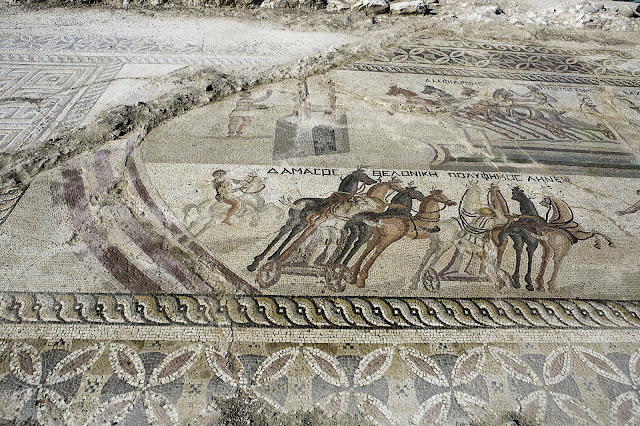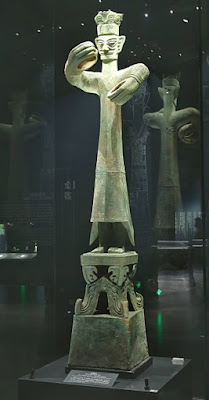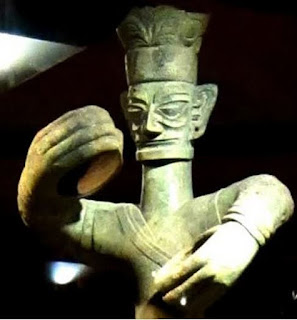 | In Greek mythology, Lycurgus was the king of the Edoni in Thrace, son of Dryas. Lycurgus banned the cult of Dionysus. As punishment, Dionysus drove Lycurgus insane. In his madness, Lycurgus mistook his son for a mature trunk of ivy and killed him, pruning away his nose and ears, fingers and toes. Consequently, the land of Thrace dried up in horror. Dionysus decreed that the land would be dry and barren as long as Lycurgus was left unpunished, so his people bound him and flung him to man-eating horses on Mount Pangaeüs. |  |
 | In other stories Lycurgus tried to rape his mother after imbibing wine. When he discovered what he had done, he attempted to cut down the grapevines, believing the wine to be tainted. In Homer's Iliad, an older source, Lycurgus's punishment for his disrespect towards Dionysus is blindness inflicted by Zeus followed not long after by death. |  |
 | The Lycurgus cup features dichroic glass, with gold and silver nanoparticles, producing a green appearance when light is shining on it from the front, and red when illuminated from behind. The cup is also a very rare example of a complete Roman cage-cup, or diatretum, where the glass has been cut and ground back to leave only a decorative "cage" at the original surface-level. The cup features a composition showing the mythical King Lycurgus, who tried to kill Ambrosia, a follower of the god Dionysus (Bacchus). She was transformed into a vine that twined around the enraged king and restrained him, eventually killing him. Dionysus and two followers are shown taunting the king. The process used to create the dichroic effect is unclear, and it is likely that it was not well-understood by the makers. |
 | The cup was made about 290-325 AD. It is first mentioned in print in 1845. |  |















